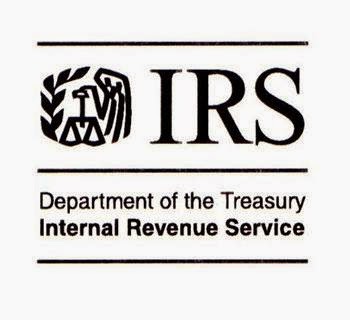Dividend and capital gains rates will remain the same in 2015 as they were in 2014, though the income tax brackets used to determine those rates have been adjusted for inflation. Investors who are in the 39.6% income tax bracket will pay a 20% tax rate on qualified dividends and long-term capital gains; investors in the 25% to 35% brackets will pay a 15% tax rate on qualified dividends and long-term gains; and investors in the 10% and 15% tax brackets for income tax will owe 0% tax on dividends and long-term capital gains. Nonqualified dividends, such as from REITs, and ordinary income from taxable bonds will be taxed at investors' ordinary income tax rates.
IRA Contribution and Income Limits
IRA contribution limits are the same for 2015 as they were in 2014: $5,500 for investors under age 50 and $6,500 for those 50 or older. That limit is the same for both Traditional and Roth IRA contributions.
The key change for IRAs is that the income limits are jumping up a bit. Individual filers who can make a retirement-plan contribution at work can make a fully deductible IRA contribution if their 2015 income is under $61,000; they cannot deduct their IRA contribution if their income is over $71,000. (The amount of the contribution that is deductible is reduced--or phased out--for single taxpayers whose income lands between $61,000 and $71,000.) For married couples filing jointly, in which the spouse who makes the IRA contribution is covered by a workplace retirement plan, Traditional IRA contributions are fully deductible if their income falls below $98,000; contributions aren't deductible if their income exceeds $118,000. (Contributions are partially deductible if income falls between those two thresholds.)
Roth contributions aren't deductible, but income limits are increasing here, too. Singles earnings less than $116,000 can make a full Roth contribution, but Roth IRA contributions are out of reach for single filers who earn more than $131,000. (Contributions are reduced if the single taxpayer's income falls between these two bands.) Married couples filing jointly can make a full Roth IRA contribution if their income is less than $183,000; they are ineligible to make a Roth contribution if their income exceeds $193,000. (Contributions are reduced for married couples filing jointly who earn between $183,000 and $193,000.)
Investors at any income level can contribute to a Traditional IRA, though they cannot deduct their contribution on their tax return if their income exceeds the deductible amounts outlined above. Instead, higher-income investors can take advantage of what's called a backdoor Roth IRA, converting their Traditional IRA to Roth shortly after funding it. Note that this strategy won't generally make sense for investors with large Traditional IRA balances, for reasons outlined here.
401(k) Contribution and Income Limits
The headline here is that 401(k), 403(b), and 457 plan contributions are going up, to $18,000 for those under age 50 and $24,000 for those 50 and above. The contribution limit is the same for both Traditional and Roth 401(k) contributions. No income limits apply. If you're maxing out and would like to space your contributions throughout the year, bump up your contribution rate as soon as possible.
Saver's Credit
This credit is designed to incentivize individuals and families with earnings under certain thresholds to put money into IRAs or qualified company retirement plans. For 2015, married couples filing jointly are eligible for the credit if their modified adjusted gross income is less than $61,000; single filers can claim the credit if their adjusted gross income is less than $30,500. The lower the income, the higher the credit--up to a maximum level of $1,000 for single filers and $2,000 for married couples filing jointly.
Education Savings
Each individual can contribute up to $14,000 a year to a 529 college-savings plan on behalf of a specific individual without having that contribution count toward the gift tax. Additionally, investors who would like to make a large upfront contribution to a 529 can contribute up to $70,000 on behalf of a single individual in a given year; as long as he or she makes no future contributions on behalf of the same individual for the next five years, the contribution will not count toward the gift tax.
Medicare Surtax
The income thresholds for the 3.8% Medicare surtax will remain unchanged from 2014 to 2015: $200,000 for single filers and $250,000 for married couples filing jointly.
Estate and Gift Tax
The annual gift tax exclusion amount is staying the same, at $14,000. However, the exclusion amount for the estate tax is jumping up slightly, from $5.34 million in 2014 to $5.43 million per person in 2015.
Source: Christine Benz, Morningstar
******
The views expressed here are that of myself or the cited individual or firm and do not constitute a recommendation, solicitation, or offer by myself, D2 Capital Management, LLC or its affiliates to buy or sell any securities, futures, options or other financial instruments or provide any investment advice or service. D2, its clients, and its employees may or may not own any of the securities (or their derivatives) mentioned in this article.
The Jacksonville Business Journal has ranked D2 Capital Management in the top 25 of Certified Financial Planners in Jacksonville. The Firm is also a member of the Financial Planning Association of Northeast Florida, the Jacksonville Chamber of Commerce, the Southside Businessmen's Club, and the Beaches Business Association.



No comments:
Post a Comment